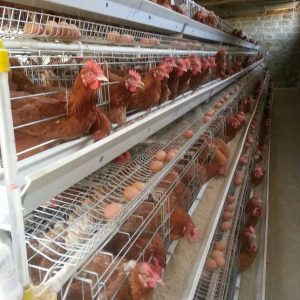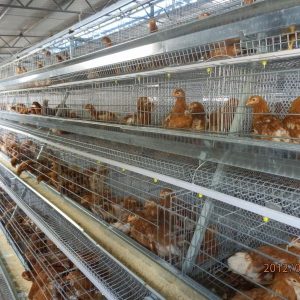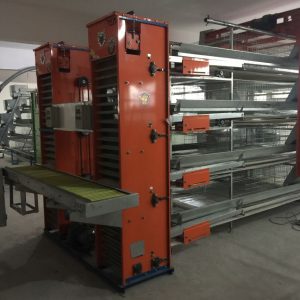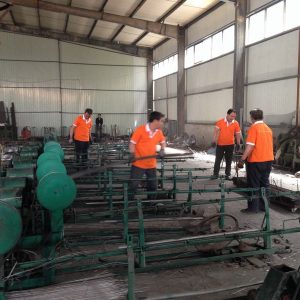
Ways to prevent drop in egg production of laying hens in summer
During the summer days, regardless of cage or free-range laying hens, egg production will decline, or even stop laying eggs. Only food does not produce, some chicken farmers think that this is a natural phenomenon, but in fact it is not. As long as the breeding and management conditions of laying hens are artificially improved and a suitable environment is created, the laying hens will not be “rested” and continue Lay more eggs. The main measures are as follows:
Ventilation and cooling The enclosed chicken house can be equipped with fans or ceiling fans. Vertical ventilation is better than horizontal ventilation. The summer wind speed in the chicken house is preferably 1.0 m/s~1.2 m/s. Wet curtain is the most economical and effective cooling measure for current large-scale production. Longitudinal ventilation combined with wet curtain cooling can prevent heat stress better. Open houses can be equipped with fans to open all doors and windows to promote air circulation.
Water spray cooling The best way to relieve the heat stress of laying hens is to spray water. When the temperature exceeds 32 ℃, you can use a high-pressure rotary sprayer to spray cool water on the top of the chicken house or cool the chicken with cold water spray. Lower the house temperature by 5℃~10℃.
Cut off the “sweater” on the layer of the laying hen. After the feathers fall, you can cut off the feathers on the chest, belly, legs, and wings of the chicken to remove the “sweater” for the chicken, but you can’t remove the back, neck, and tail of the chicken. Cut off the feathers on the chicken so that the chickens can fly away.
Reducing feeding density Generally, the area required for raising one chicken in cages is 0.4 square meters, with 3 birds per cage. Free-range breeding on flat ground, can raise 3 to 5 animals per square meter. Large groups are raised, with 200 animals in each group.
Timely removal of chicken manure Chicken manure is extremely easy to ferment in summer, causing respiratory diseases. Therefore, the feces and litter in the chicken house should be cleaned in time (at least once every other day) to keep the house clean, dry and hygienic.
Change the feeding and management schedule. In the hot season, you should adopt the lighting method of turning on the light early and turning off the light early, that is, turn on the light from 3 to 4 in the morning, turn off the light from 7 to 8 in the evening, and increase the feeding or even before the temperature rises in the morning. The number of feeds allows chickens to eat in the coolest time of the day. At the same time, try to reduce the activity of the chicken as much as possible, and stop feeding during the hottest day of the afternoon from 1 to 3 in order to reduce the feeding activity of the chicken.
Supply fresh and clean cold water throughout the day. In high-temperature weather, the drinking volume of laying hens is about 3 to 4 times of the intake. It is necessary to ensure that the chickens can drink clean, non-polluting cold water throughout the day (the water temperature is preferably around 10 ℃). On three-volt days, it is best to change the water every 2 hours.



